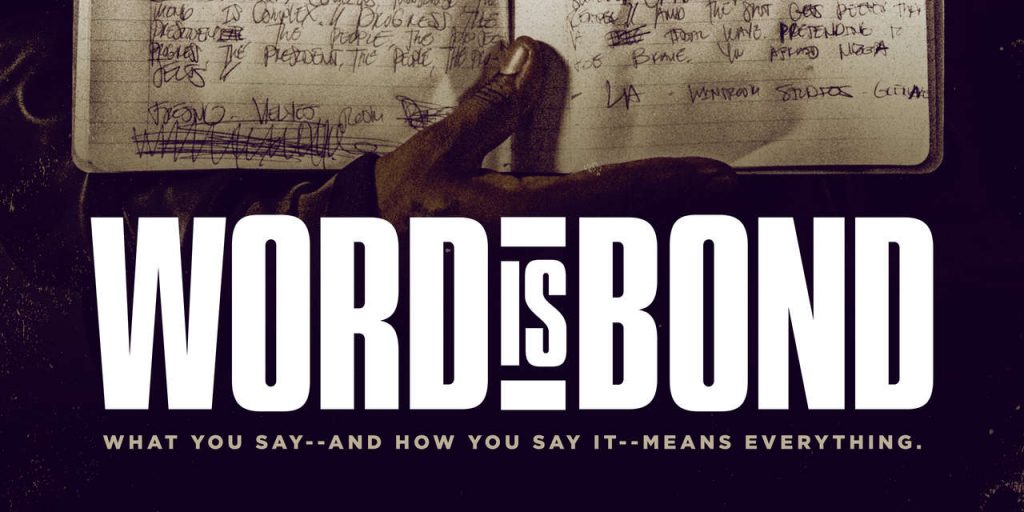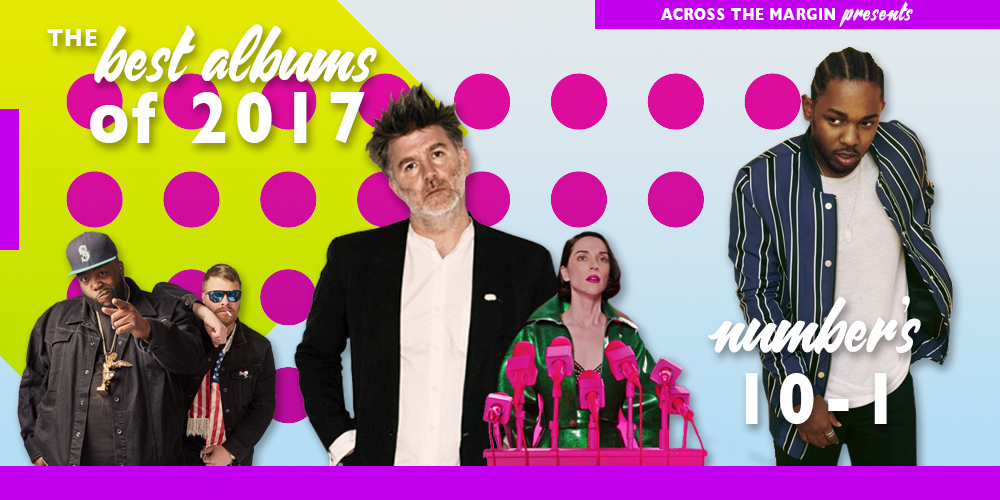Twenty years after its release, Lifestylez ov da Poor & Dangerous serves as a reminder of Big L’s incomparable talents…

by: Michael Shields
There isn’t a fabric of my entire being that doesn’t wholeheartedly believe that if Big L were alive today, he would be considered the greatest rapper of all time. If he were have been able to build a lengthy catalogue that featured his dexterous and complicated rhyme schemes, his rapid fire delivery that boasts an unfathomable amount of words per bar, and his jaw-dropping freestyles, it would be clear as day to all who indulge in the art of hip-hop that Big L was an inimitable talent. Big L’s star was set to shine and he was assuredly poised to become one of the biggest names in hip-hop. Jay Z has even confirmed that Big L was set to sign with his Roc-A-Fella label the week he was killed. He would have pop’d. I am sure of it. And we would now be looking back at his debut album, Lifestylez ov da Poor & Dangerous, released twenty years ago this week, as the classic that started it all.
For those un-or-only-slightly familiar with Big L, let us sprint through the essentials. Big L was born Lamont Coleman on May 30, 1974 in Harlem, New York. Legend has it that in the summer of 1990 he met renowned hip-hop producer Lord Finesse at an autograph signing session. After Coleman freestyled a bit for Lord Finesse on the spot, numbers were exchanged and an alliance was born. Soon after, Big L was signed to Columbia Records and was ushered into the fold of Lord Finesse’s hip-hop collective, Diggin’ in the Crates Crew (DITC), which consisted of Lord Finesse, Showbiz, Diamond D.O.C., Fat Joe, A.G., and Buckwild.
Big L’s first noteworthy appearance came on Lord Finesse’s “Yes You May (Remix),” yet it wasn’t until three years later that Big L released his debut album, Lifestylez ov da Poor & Dangerous. In 1998, he founded Flamboyant Entertainment, his own indie label, where he released “Ebonics,” one of the most extraordinary hip-hop tracks you will ever happen upon. Unfortunately, Lifestylez was the only album by Big L released while he was alive, and “Ebonics” was the last record he ever dropped.
On February 15, 1999, Coleman was killed in a drive-by shooting in his native Harlem. Gerard Woodley, one of Big L’s childhood friends, was arrested in May of that year for the crime. At the time of his death, Big L had two brothers in prison and a statement released by the NYPD speculated “it’s a good possibility it was retaliation for something [Big L’s] brother did, or [Woodley] believed he had done.” Woodley was later released and the murder case remains unsolved.
Before he was taken, Big L was in the process of working on his second album, The Big Picture. It was set to feature cameos from Fat Joe, Tupac Shakur, and Big Daddy Kane, among other MCs. Although Big L was not around for its release, Big L’s manager, Rich King, along with a team of talented producers (DJ Premier, Ron Browz, Ron G, Lord Finesse, Pete Rock, Shomari, Mike Heron, Ysae, and Showbiz), assured that The Big Picture saw the light of day. The album was certified gold by the Recording Industry Association of America (RIAA) a month after its release, a proud moment for all involved. The Big Picture served as a fitting follow-up to Lifestylez, and proof positive that Big L was one of the most gifted rappers to ever have walked the planet.
Lifestylez ov da Poor & Dangerous was released March 28, 1995 on Columbia Records. It is a rough and rugged album that is aggressive, unapologetic, and rife with character and wit. Lifestylez has a little something for everyone. “Put It On” (featuring Kid Capri), the opening track, is a party starter. No matter what day you are rocking “Put it On,” it’s immediately a Saturday Night and the joint is jumpin. With L rhymin “Aiyyo, you betta flee hobbes, or get your head flown three blocks / L keep rapper’s hearts pumpin’ like Reeboks” we are out of the gate purposely, and another radio friendly-club banger, in “MVP,” keeps the party live as you are whisked into the heart of the album. “8 Iz Enuff” (featuring Buddah Bless, Herb McGruff, Killa Cam, Mike Boogie, Terra, Big Twan & Trooper J) is a chance for Big L to rhyme with his crew, a carefully vetted group of rappers from his hood. Lord Finesse is quoted as asking Big L, “How you gonna put eight niggas on one track?” Big L responded, “Don’t worry, I got this.” He did.
“All Black” commences with paranoia-inducing horns and is flat out sinister in every way imaginable. It’s NYC gangster rap that is threatening but also whimsical (only Big L could pull off that pairing!). Aptly demonstrating Big L’s knack for lyrical punchlines he spits, “This ain’t Cali, it’s Harlem nigga we do walkbys / No one can match me, tax me or wax me / If you want me to write you some raps g just ask me / Cause on the shelf is where your LP cold stood / Because it was no good, that shit ain’t even go wood.” “Danger Zone” (featuring Herb McGruff) continues in the same combative, malevolent tone. Big L was straight terrifying when he wanted to be ((A fact highlighted by just one listen to one of his first recorded tracks, “Devil’s Son.”)), but he could also be poignant and persuasive. Lifestylez will be remembered as much for its cockiness and catchy hooks as it is for its realism. In “Street Struck,” Big L takes listeners on his journey from drug dealer to rapper. He shrewdly, speaks of alternatives to crime and of the repercussions to hustling rappin “I’ve seen a lot of my peers give up their careers for some fast money / They could’ve been boxers, ballplayers or rap singers / Instead they bank robbers and crack slingers /Aiyyo they used to be legit kids, now they corrupt / They had dreams but gave em up cause they street struck.” Big L saw rap as his way out, which makes his loss even that more distressing.
“Da Graveyard” (featuring Lord Finesse, Microphone Nut, Jay-Z, Party Arty & Grand Daddy I.U.) is another posse track, and every time I listen to it I feel bad for everyone who had to follow Big L. There is no question that succeeding Big L stepped everyone’s game up (just listen to Jay Z on this track!). When you are forced to follow lines like “A tech nine is my utensil / Fillin’ niggas with so much lead they can use they dick for a pencil / I’m known for snatchin’ purses and bombin’ churches / I get more pussy on accident then most niggas get on purpose,” you undoubtedly bring your A-game.
“Lifestylez ov da Poor & Dangerous,” the title track, features Big L as the comedian. Few MC’s drop lines as crafty as “Breakin’ in cribs with a crowbar / I wasn’t poor, I was po’, I couldn’t afford the o-r.” “I Don’t Understand It” was Big L lamenting over his confusion with the rap game and trying to figure out how so many “fake superstars” were making it on so little talent, while so many gifted artists out there couldn’t get a deal. In “Fed Up With the Bullshit,” Big L describes the racism that affects his every move. In it he duly lashes out at the cops who harass him and the cabbies that avoid him. And “Let ‘Em Have It “L”,” the closing track, is Big L’s brand of braggadocio at its finest. It’s Big L just being Big L, and it’s a perfect way to put a ribbon on his debut album.
I understand those who have beef with Big L’s work due to the chauvinistic (exemplified in “No Endz, No Skinz”), insensitive, and at times even savage nature of his lyrics. I do. I hear you. With lyrics like “They wanna know why I’m so fly / A girl asked me for a ring and I put one around her whole eye,” or “I be placin’ snitches inside lakes and ditches / And if I catch AIDS then I’ma start rapin’ bitches,” rationale minds cannot help but question the validity (and sanity) of the artist. But dismissing Big L, or any rapper for that matter, because of an aggressive and politically incorrect tone would be highlighting an ignorance to what hip-hop is, and was (particularly in the 90s). El-P, one half of the incredibly talented duo Run the Jewels, was recently quoted as saying, “For the most part, what’s on our mind is coming up with the funniest way to say, ’Fuck you.’” And this is essentially the idea here. Big L’s apparent lack of social or political consciousness is flat-out besides the point, as more often than not hip-hop artists aren’t trying to enlighten you, but to entertain you. And in Big L’s case, to awe you with his phenomenal abilities. Abilities that were far too short for this world.
Lifestylez ov da Poor & Dangerous is an album that was far too overlooked upon its release in 1995, and I fear this disregard continues somewhat to this day. Big L had bars. And bars and bars and bars. And he spit absolute fire. Big L was a wizard with punchlines, and his metaphors are some of the most vivid and witty you will ever come upon in the genre. I will never be able to listen to Big L without being completely astonished with his ability. And I also can never listen to Big L and not wonder, what could’ve been?





